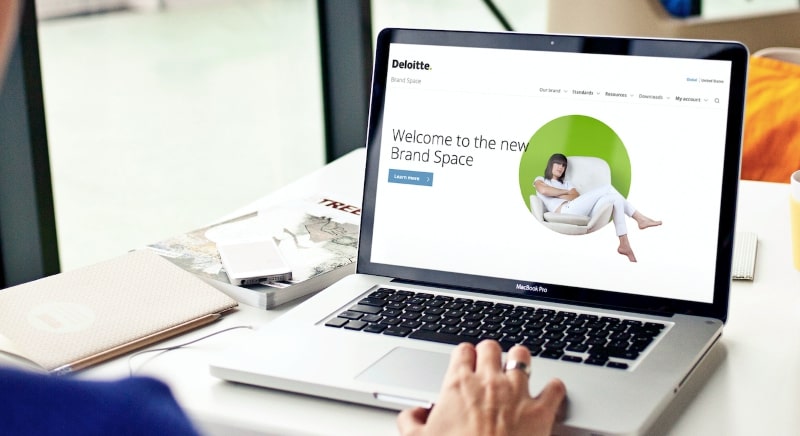How to Get Ready for the Future of Work

In the past three+ weeks our world has been turned inside-out, or more accurately, outside-in. As we adjust to working from home, our relationships with each other and with technology are being tested. So what is the world going to look like on the other side of COVID-19?
Organizations will begin rethinking pricey office space and how teams are working together. The result opens new opportunities for unlocking a broader global talent base and utilizing smaller, purpose-built office spaces. The open floorplan movement that was lauded by so many for so long, will be replaced by home offices and smaller, centralized office locations reserved for collaboration and meetings.

Learn More: Celebrating Health Care Heroes in the Age of COVID-19
Humans are amazingly resilient and in these abrupt working conditions, teams are finding new efficiencies and ways of working. However, that process can be impeded or accelerated by the tools they are using. Emailing files (or finding they are too large to email) and sharing links to an FTP one-at-a-time are bottlenecking people’s ability to get work done. Employees of the future will be looking for self-serve access to brand messaging, templates and content customization tools – available on computers and mobile devices.
At Deloitte, for example, their relaunch as “One Deloitte” in 2013 created a global, decentralized workforce. Today, many of Deloitte’s teams are working remotely across time-zones, with tools like BrandSpace, enabling self-service and one-to-many communications. At Deloitte, and others with the infrastructure and tools to support remote working, the adjustment to how we are working now is small in comparison to organizations without the infrastructure, systems and processes in place.

Learn More: Deloitte Case Study
Below are five suggestions to help you get ready for the future of work:
1) E-onboarding new hires: Bring your onboarding process online and establish programs and trainings that are engaging and human when bringing on new full-time, freelance, or agency partners.
2) Make training and work examples easily available: By implementing a centralized brand management system that is home to topics ranging from internal processes to brand applications you can provide employees and partners immediate remote access to user-friendly web-pages and chaptered, searchable videos.
3) Evolve your award and recognition program: Employees need positive feedback and when they are working remotely the need is even greater to communication more and showcase great work. Seek to establish regular communications to celebrate teams and individuals.
4) Upgrade your brand portal: SharePoint and other older systems utilizing downloadable PDFs won’t cut it in this new remote working environment. Providing a brand management system; a central place for brand communications, assets, resources and tools becomes critical to keeping people connected with the right information and tools.
5) Establish clear and consistent lines of communication: Leadership and management will need to conduct regular briefings explaining how the company is doing, and anchoring employees and partners in facts helping them feel empowered and part of the future of the company.

Learn More: Brands, not governments, can be our COVID-19 cure
Things are changing fast and there is the possibility that everything will be different when we come out of this on the other side. Those resisting or waiting to see how things land may find themselves being left behind while those that plan and begin to adapt now will be better ready to work in the world of tomorrow.
We’re happy to share examples of teams who are already doing some or all of the five best-practices.
If you have questions, or just want an open ear, please reach out to us!



